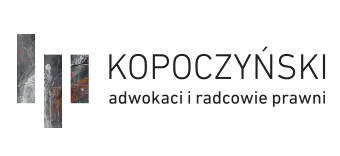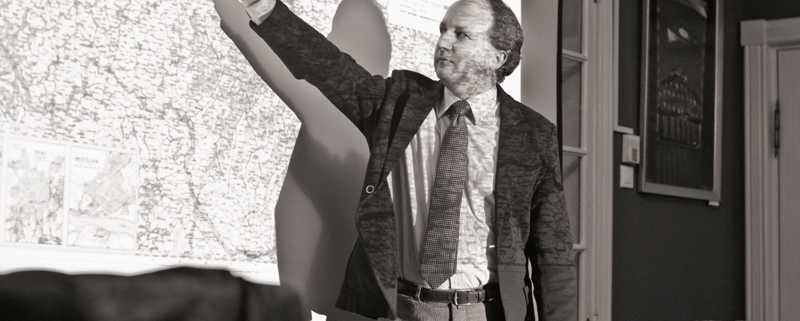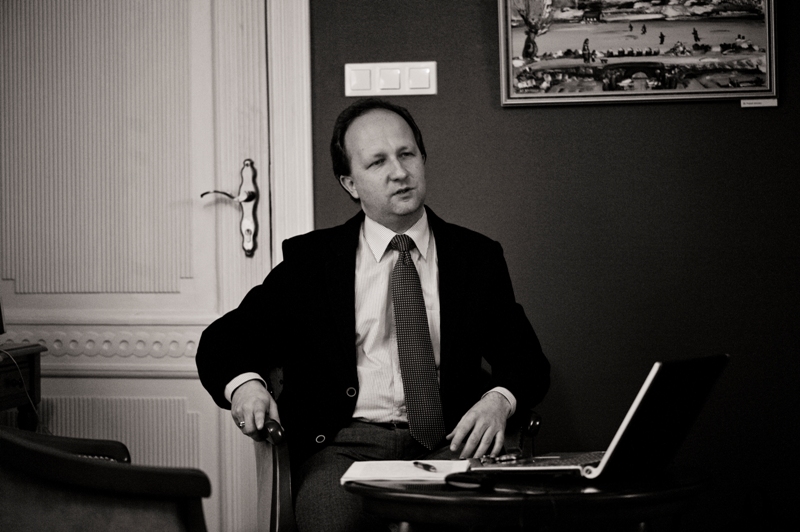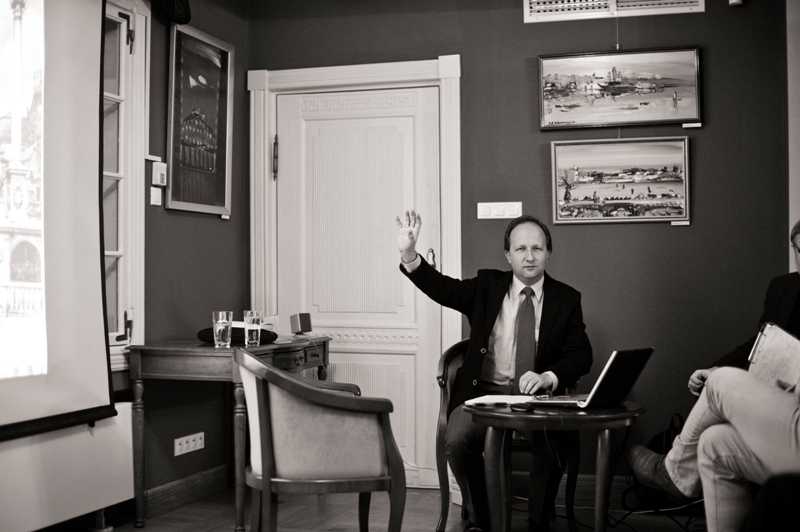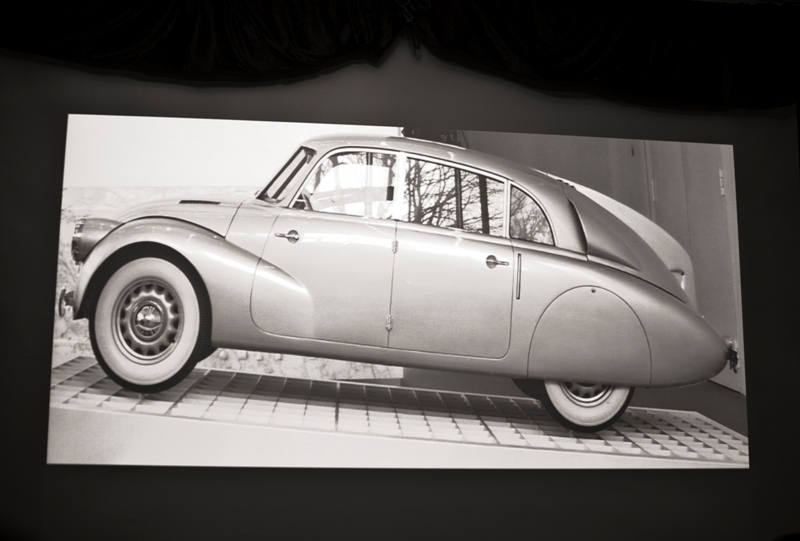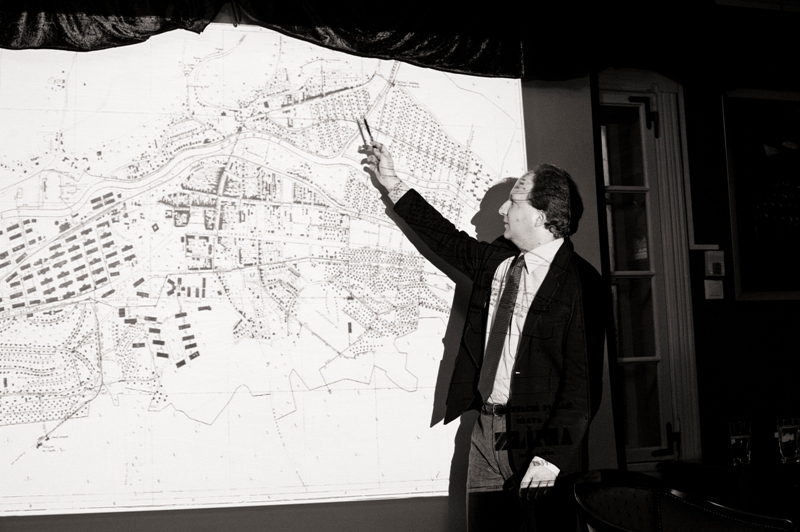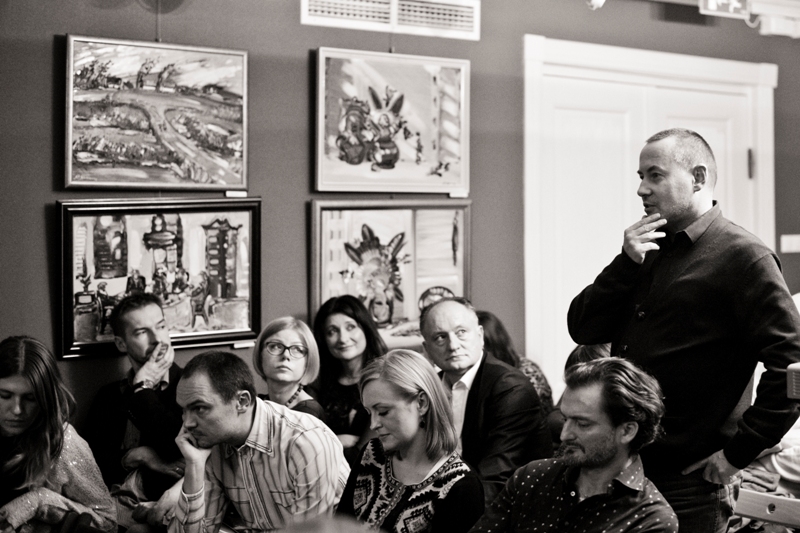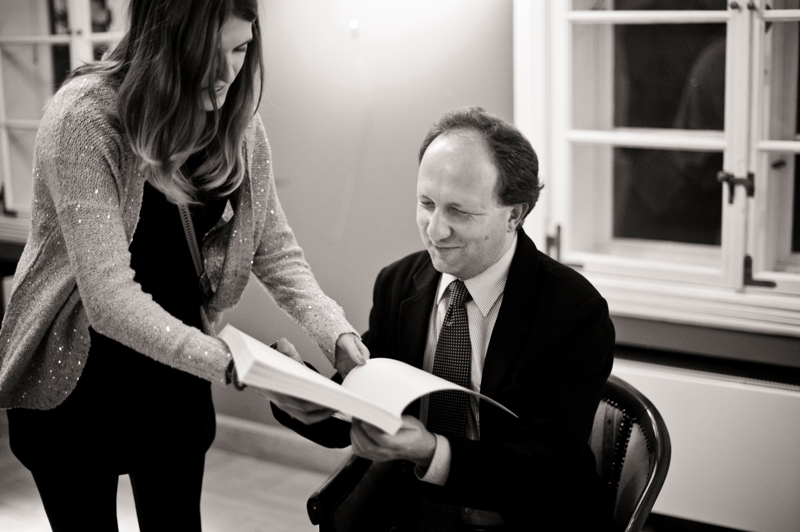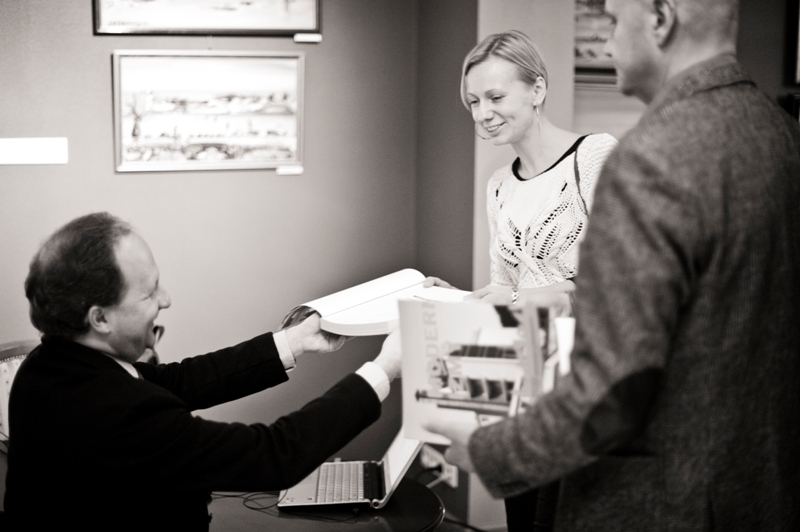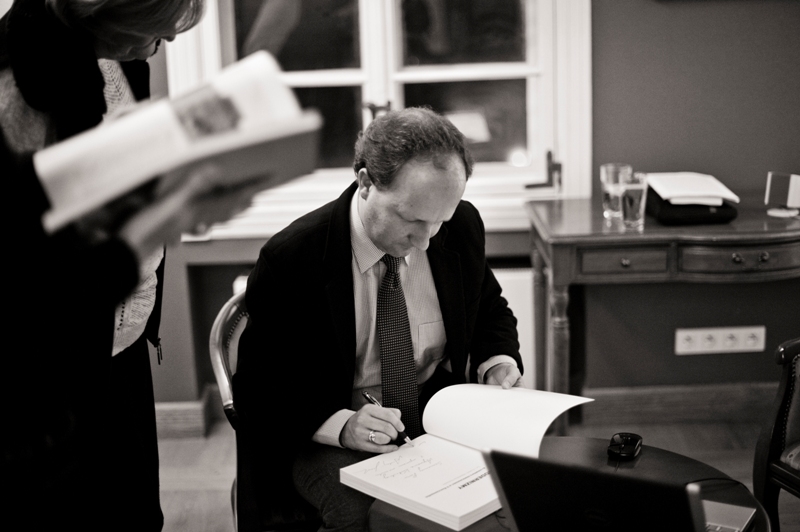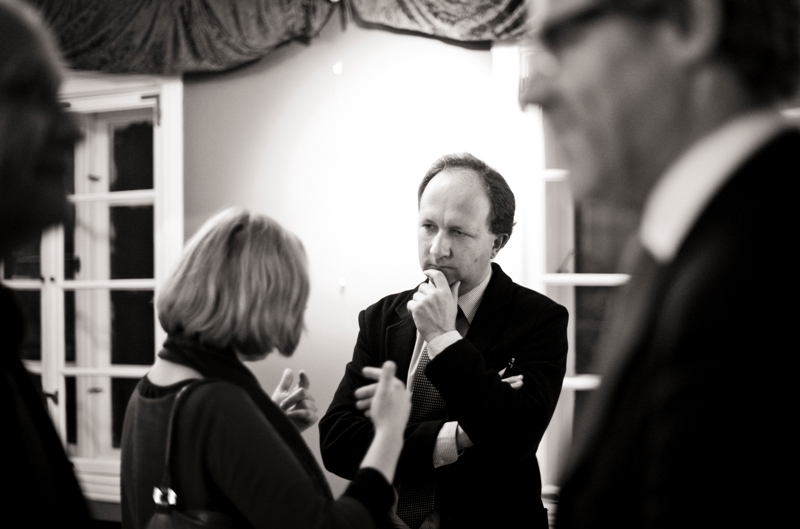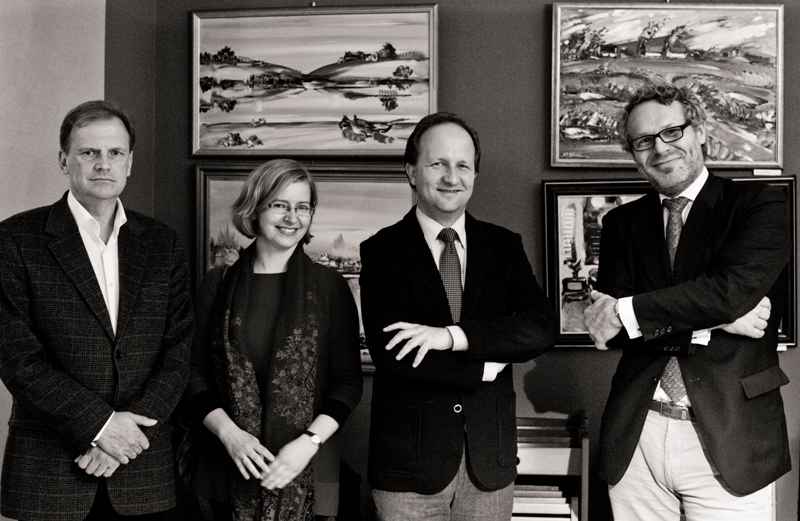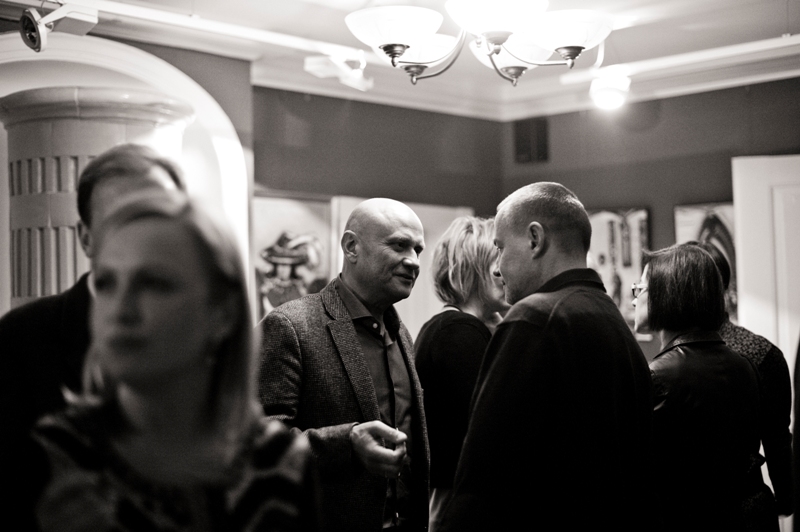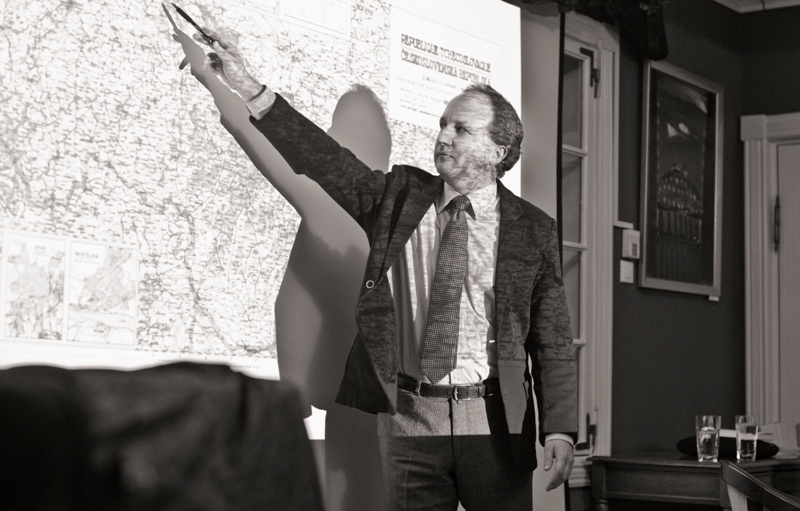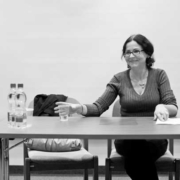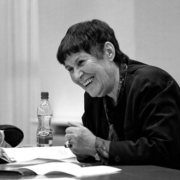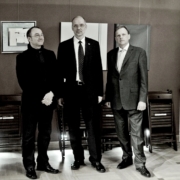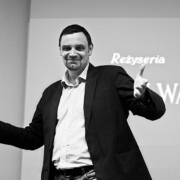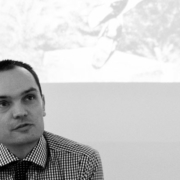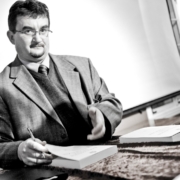Author of the third lecture from „Arts and nations” cycle, professor Andrzej Szczerski, was already known to participants of TeKa refleksji. Prominent critic and art historian, lecturer at Jagiellonian University and curator of many art exhibitions was our guest in Gdynia in Autumn 2011, shortly after publishing his book Modernizacje. As attorney Kopoczyński mentioned in his introduction, professor Szczerski hence became the second scientist – after Krzysztof Kornacki – that honored our company and its guests with his presence.
This time Andrzej Szczerski devoted his lecture to the interwar history of architecture in Czechoslovakia and Baltic countries. Professor highlighted benefits of independence of countries of Central and Eastern Europe for their development, which contributed to modernization of new countries or even to creation of something like “new renaissance” in the region. In Czechoslovakia it was architecture that played particular role in this domain, constituting element of general educational policy. By discussing architecture of such cities as Hradec Kralove, Brno, Prague, Użgorod or Zlin with its famous Bata factory complex, professor Szczerski made his audition realize that back in those times “the new Europe was functioning.” It was precisely thanks to functional architecture, marvelously performing the city-formative function, these places had a chance of becoming enclave of modernity. The situation was by no means different in the Baltic countries, which were the subject of the last quarter of the lecture, awakening desire to further explore this complex issue – perhaps during subsequent, already third lecture of professor Szczerski.
